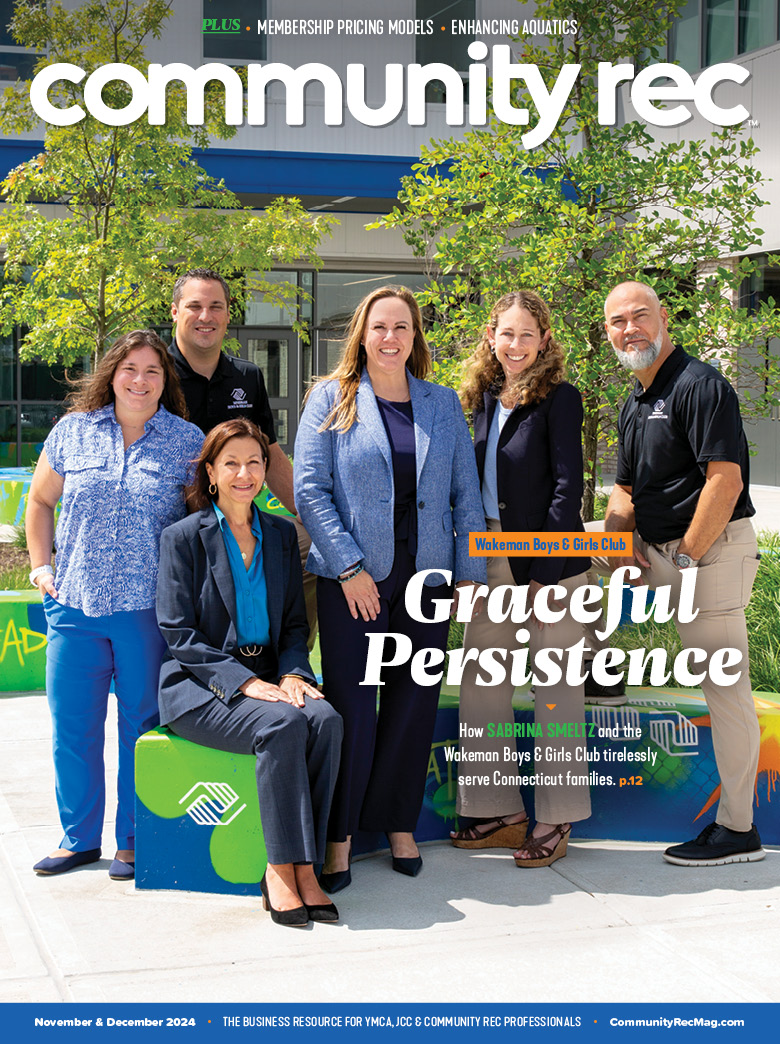In order to maximize the safety of their facilities, community rec centers should be proactive in their approach. Creating a culture of risk management and helping members feel safe takes more than simply reacting to incidents as they happen.
In fact, according to Bryan Snodgrass, the chief operating officer of the Burbank Community YMCA in Burbank, California, risk management should “be a priority at all times.” And consistent discussions about safety protocols go a long way in keeping risk management at the top of every employee’s priority list.
[adrotate banner=”26″]
The Burbank Y accomplishes this through a safety and risk management committee that meets on a monthly basis. “They discuss any incidents that may have occurred during the month, plan ways to improve safety items if necessary, and regularly evaluate policies and procedures,” explained Snodgrass. “All of our policies are reviewed annually by our committee and then approved by our board of directors.”
The Burbank Y has taken several steps to prepare for emergency scenarios and mitigate risk, including:
- An emergency action plan that breaks down what to do in various situations, such as fires, earthquakes, active shooters and more.
- Emergency buttons throughout the facility that can be pushed for emergencies that need immediate attention.
- A designated director or manager on duty at all times for dealing with any safety issues.
Examining the building for safety hazards is also an important part of the committee’s routine, according to Snodgrass. “Our committee regularly does facility checklists in relation to OSHA requirements, and our managers on duty complete daily walkthrough checklists of our building,” he said.
There’s no way to prevent every incident however, so being able to lean on local organizations — such as the fire department or hospital — in extreme circumstances is very beneficial.
“We are very lucky that our police and fire departments are just a few blocks away from our facility,” said Snodgrass. “The Burbank Y has a very short turnaround time for EMTs to arrive at any location.”
Creating a culture of risk management starts at the top, but it requires buy-in from the whole staff to be truly effective. When your staff understands the importance of safety, they can ensure rules are being enforced during daily operation.
The Burbank Y prioritizes risk management education for staff members in a few ways:
- Make safety an agenda item for all departmental staff meetings each month.
- Offer annual training on certain topics in-person or via web training.
- Sit down with newly hired staff and train them on safety and risk management policies, and the culture of safety.
It’s also imperative to educate members on the importance of safety — rules are only helpful if they’re followed. Through signage around the facility and availability of managers to answer questions, the Burbank Y makes a point to consistently inform members of risk management protocols.
“Members have to realize a lot of our policies and procedures are in place for safety purposes,” shared Snodgrass. “When members doubt us regarding policy and procedure, more often than not, we’re able to effectively explain safety and risk management are our No. 1 goal.”
When your organization makes risk management an evident priority, members will feel comfortable in your facility and be eager to return on a regular basis.










